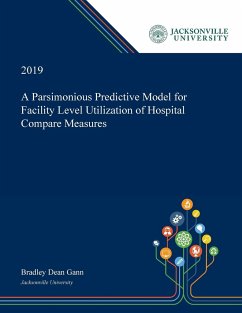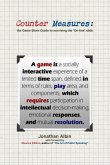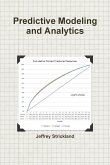Abstract: U.S. National Health Expenditures reached $3.5 trillion in 2017, accounting for 17.9% of the Gross Domestic Product and is expected to reach 19.4 percent within the next 10 years. In 2017, the Centers for Medicare & Medicaid Services (CMS) programs funded over 37% of all National Healthcare Expenditures, which is more than every private insurance company combined (CMS.gov, 2017b). Additionally, over 77% of hospitals provide services or receive funding from CMS making them a significant stakeholder and presence within the healthcare industry (AHA, 2017; Healthit.gov, 2016). Hospital Compare is a CMS program that provides a one to five Star Rating, differentiating hospital quality, to the public. Its objectives are to "Help you make decisions about where you get your health care" and "Encourages hospitals to improve the quality of care they provide" (CMS.gov, 2019d). Prior research healthcare-plan ratings has shown evidence that healthcare ratings impact consumer decisions. These health plan findings would suggest that hospitals' market share and reputation are also likely influenced by star ratings. Unfortunately, the complex methodology used by Hospital Compare to calculate its Star Rating is not adoptable at a hospital level. Hospital Compare uses approximately 60 measures to calculate its rating. Dr. Juran's Pareto Principle recognized the impacts of "the vital few and trivial many" and its applicability across many areas and industries (Stephens & Juran, 2004). Is the Hospital Compare Star rating an example of the Pareto Principle and could its related 80/20 rule be applied? Is 80 percent of the Hospital Compare Star Rating variance explained by 20% of it measures? The purpose of this research is to identify a parsimonious predictive model, with a locally reproducible methodology, that healthcare facilities could utilize to guide their hospital quality improvement efforts. In addition to improving healthcare value, this could also help A PARSIMONIOUS PREDICTIVE MODEL FOR HOSPITAL COMPARE MEASURES ensure appropriate recognition for improvements and accomplish both with minimal costs to the healthcare facility. This research also seeks to determine if Hospital Compare and the other external raters are consistent in their identification of best hospitals. Additionally, does the adoption of any specific electronic health record vendor increase the probability of a higher Star Rating? Dissertation Discovery Company and Jacksonville University are dedicated to making scholarly works more discoverable and accessible throughout the world. This dissertation, "A Parsimonious Predictive Model for Facility Level Utilization of Hospital Compare Measures" by Bradley Dean Gann, was obtained from Jacksonville University and is being sold with permission from the author. The content of this dissertation has not been altered in any way. We have altered the formatting in order to facilitate the ease of printing and reading of the dissertation.








